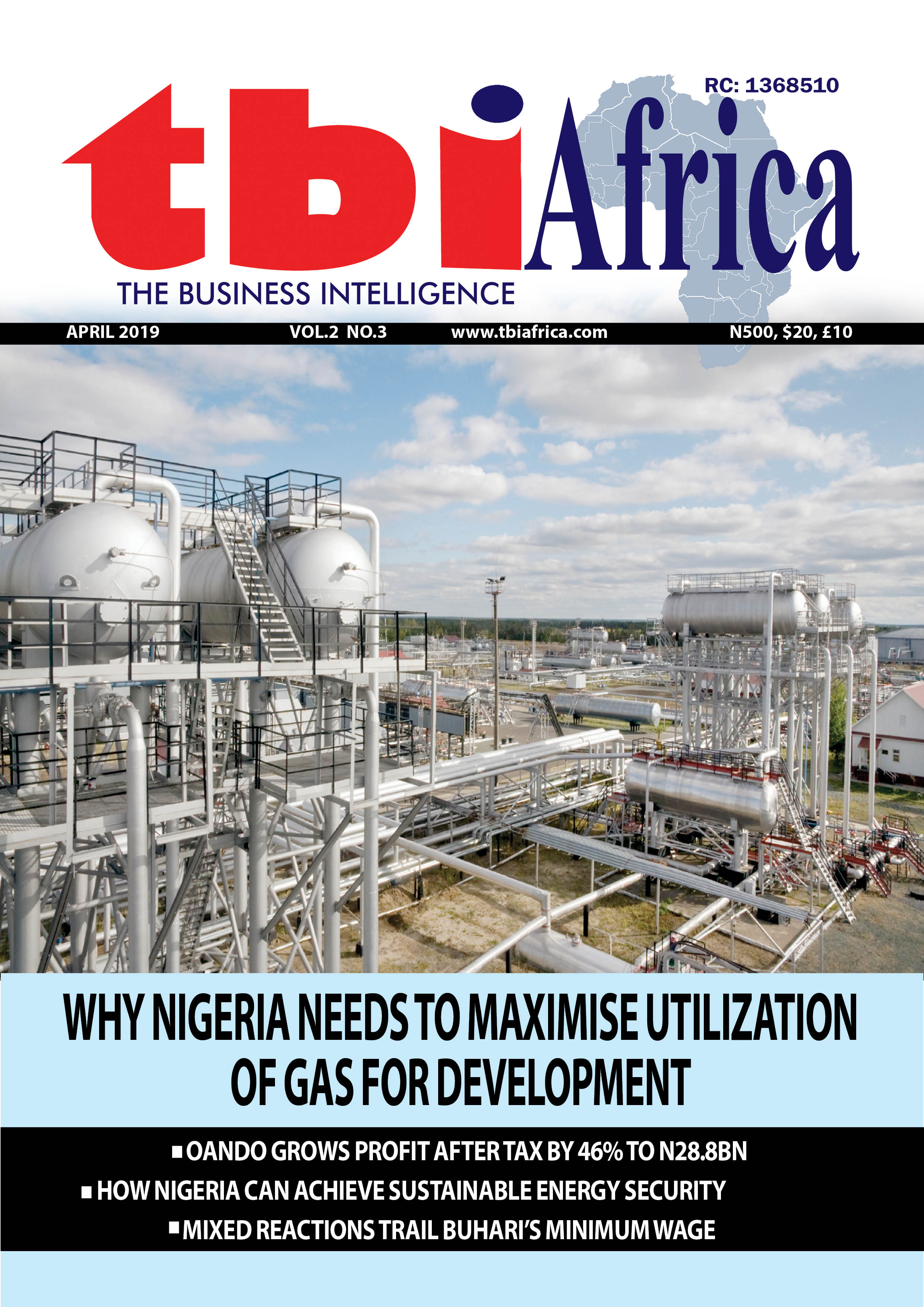Photo caption: NDPHC logo
The Management of Niger Delta Power Holding Company says the Nigeria Bulk Electricity Trading Plc and other bilateral entities are owing NDPHC close to N600bn, thereby hindering the company’s operations.
The company decried what it called the dismal uptake of electricity from the electricity market, saying this is significantly weighing down its operations.
The Managing Director of NDPHC, Jennifer Adighije, in a statement made available to PUNCH correspondent by her Technical Adviser on Media, Adesanya Adejokun, said that gas supply challenges, transmission constraints “as well as close to N600bn debt being owed the company by Nigeria Bulk Electricity Trading and other bilateral entities are hindering the company’s operations.”
She disclosed that the new management has worked assiduously to resuscitate five turbine units across Calabar, Omotosho, Sapele, and Ihovbor power plants that were erstwhile offline. The plants, she said, now contribute an additional 625 megawatts to the national grid.
According to her, about 2,000 megawatts of generation capacity is stranded for different reasons.
“NDPHC currently has a mechanically available generation capacity of about 2,000MW that is significantly stranded due to transmission constraints, gas supply, and gas transportation limitations in addition to dwindling offtake by the distribution companies,” she stated.
Adighije explained that National Integrated Power Project plants are facing a lot of constraints, especially regarding monetisation.
“Over the years, the NIPP plants are utilised by the system operator to carry out primary frequency response, enabling power grid stability. These ancillary services ought to be monetised in line with the grid code and industry regulations. However, NIPP plants are ordered to start up and shut down at the discretion of the system operator without any form of compensation, thus leading to low utilisation of capacity and operational stress on the generating turbine units.
“As you know, in accordance with the grid code, we are placed on restrictions for a number of reasons, from inadequate transmission grid availability (although this is being seriously addressed by the Honourable Minister of Power, Chief Bayo Adelabu) to low demand from the downstream electricity market. It is important to note that power generation is driven by demand, and therefore, if the demand isn’t met, the plants will not generate.
“In certain cases, when the demand arises, there is an inadequate dispatch corridor or wheeling capacity through the grid network. In spite of these limitations, NDPHC continues to spearhead transmission grid expansion plans and distribution network interventions to enable power generation to be delivered to the last-mile communities,” she stressed.
The managing director explained that since the inception of NIPP, NDPHC has invested over N500bn in transmission projects, including transformers, transmission substations, switch gears, switch yards, transmission lines, line bay extensions, and several world-class projects currently being operated by the Transmission Company of Nigeria.
On Alaoji Power Plant that had been dormant for months, Adighije noted that the dispute over gas supply metering with the gas supplier led to the shutdown of the station, but “it will become functional again before the end of this year as significant steps have been taken to restore the Gas Metering Station to provide a lasting solution to gas losses to the plant.”
She stated that the company had made several attempts to enter into a Power Purchase Agreement with the Nigerian Bulk Electricity Trading to no avail, which would have improved NDPHC’s merit order in the dispatch priority schedule.
This, she said, has impacted the company very negatively financially and further exacerbates the stranded capacity of the company.
“Currently, NDPHC is placed in the least priority bucket for dispatch in spite of its available daily dispatch capacity of about 2,000MW. By no small measure, NDPHC remains the largest fleet of generating turbine units in the sector; conversely, much of that capacity remains stranded due to these impediments that constrain the company from generating optimally,” she noted.
Adighije said the company was leveraging the Order issued by the Nigerian Electricity Regulatory Commission on bilateral agreements to sell its stranded power and should soon conclude some deals with off-takers.
She added that the company currently has a generation capacity in excess of demand from the national grid, and is thus prioritising direct supply to bilateral and eligible customers to commercialise its stranded capacity.
She also reiterated that the strategy of the new management seeks to unlock that stranded energy by dedicating significant portions of it now to eligible customers and bilateral trading arrangements pursuant to the July 25th order of the NERC directing generation companies now to trade bilaterally with eligible customers, saying “that should be able to address our stranded capacity.”
The PUNCH reports earlier that Nigerians have remained in darkness in many parts of the country as the power plants under the supervision of the Niger Delta Power Holding Company of Nigeria are still struggling to generate 1,000MW of electricity despite having an installed capacity of over 4,000MW.
According to a new report by the Nigerian Electricity Regulatory Commission, only the Ihovbor 2 power plant operates at 97 per cent of its capacity, generating 449MW of its 461MW capacity as of April.
From the NERC report, it was observed that other power plants operate far below 50 per cent of their installed capacity, leaving Nigerians in the dark.
It was gathered from various NERC reports that for years, the power plants had remained underutilised even as the government struggles to ramp up power generation.
For instance, the 500MW Alaoji 1 power plant has not generated a single watt for many months. Similarly, the Olorunsogo 2 power plant has an installed capacity of 750MW, but it struggled to produce 24MW (three per cent) in April and none in March.
The Sapele 1 power plant generated 23MW out of its 720MW capacity. The Sapele 2 power plant generated 105MW, which is 21 per cent of its 500MW capacity. Also, Omotosho 2 was able to add a paltry 21MW to the national grid despite having a 500MW capacity. Ihovbor 1 is another power plant with 500MW, but it has been generating around 83MW, 17 per cent of its capacity.
Omotosho 1 and Olorunsogo 1 were both installed at 335MW each, but they both ran at 42 per cent each, generating 142MW and 141MW respectively in April. Omoku power plant has 150MW of installed capacity, but it currently operates at 11 per cent of this, producing 16MW last month.
Our correspondent reports that this has been the trend for years. Efforts to get reactions from NBET proved abortive as the Managing Director, Johnson Akinnawo, did not reply to messages from our correspondent as of the time of filing this report.




